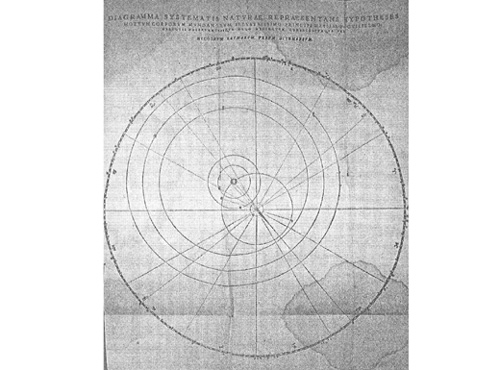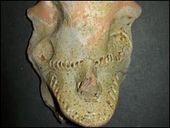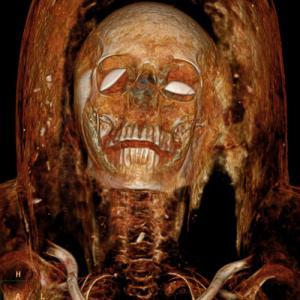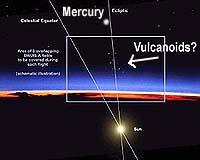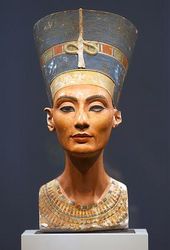
© NASACosmic Dawn z=8.5 shows the Universe 590 million years after the Big Bang
The images, produced by scientists at Durham University's Institute for Computational Cosmology, show the "Cosmic Dawn" - the formation of the first big galaxies in the Universe.
The Cosmic Dawn began as galaxies began to form out of the debris of massive stars which died explosively shortly after the beginning of the Universe. The Durham calculation predicts where these galaxies appear and how they evolve to the present day, over 13 billion years later.
The researchers hope their findings, which highlight star forming galaxies, will improve their understanding of dark matter - a mysterious substance believed to make up 80 per cent of the mass in the Universe.
Gravity produced by dark matter is an essential ingredient in galaxy formation and by studying its effects the scientists eventually hope to learn more about what the substance is.
The research is published in the
Monthly Notices of the Royal Astronomical Society and was funded by the Science and Technology Facilities Council (STFC) and the European Commission.
